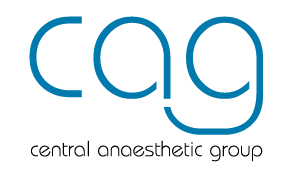The word anaesthesia is from the Greek term 'anaisthesia' meaning absence of sensation.
Anaesthetics can be general, regional or local. These techniques can be used alone or in combination with each other. Your anaesthetist will discuss with you the best anaesthetic for your procedure.
General anaesthetic
Your anaesthetist will induce a state of unconsciousness usually by a combination of administering drugs intravenously and by inhalation. You will not be aware or experience any bodily pain. Your bodily functions are constantly monitored by your anaesthetist for the duration of your procedure.
Regional anaesthetic
Epidural / spinal / eye blocks
Regional anaesthesia involves the blockade of a group of nerves or the spinal cord by the injection of drugs called local anaesthetic agents; this causes an area of the body to have no sensation, but the patient remains conscious.
Regional anaesthesia is often used for surgery on the limbs, the eyes or the lower abdomen, such as caesarian sections. Sometimes regional anaesthesia is used to supplement general anaesthesia.
Regional anaesthesia is very safe and does not involve some of the potential complications and side effects that can happen with sedation and general anaesthesia. But it does carry the risks of rare complications such as infection, bleeding or nerve damage.
Sedation
A technique also known as “Monitored Anaesthesia Care” is commonly used by anaesthetists to relieve pain (and reduce patient anxiety) for a variety of surgical procedures. Sedative drugs are used to induce a state where you are breathing on your own but kept comfortable. Your anaesthetist will carefully monitor your vital signs throughout.
